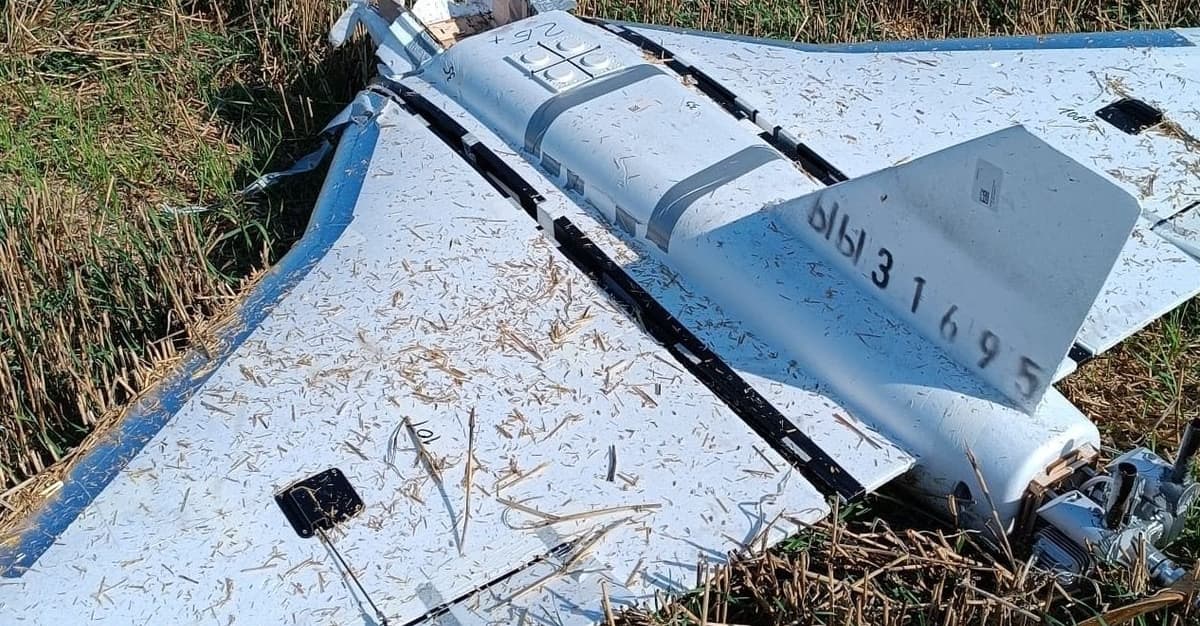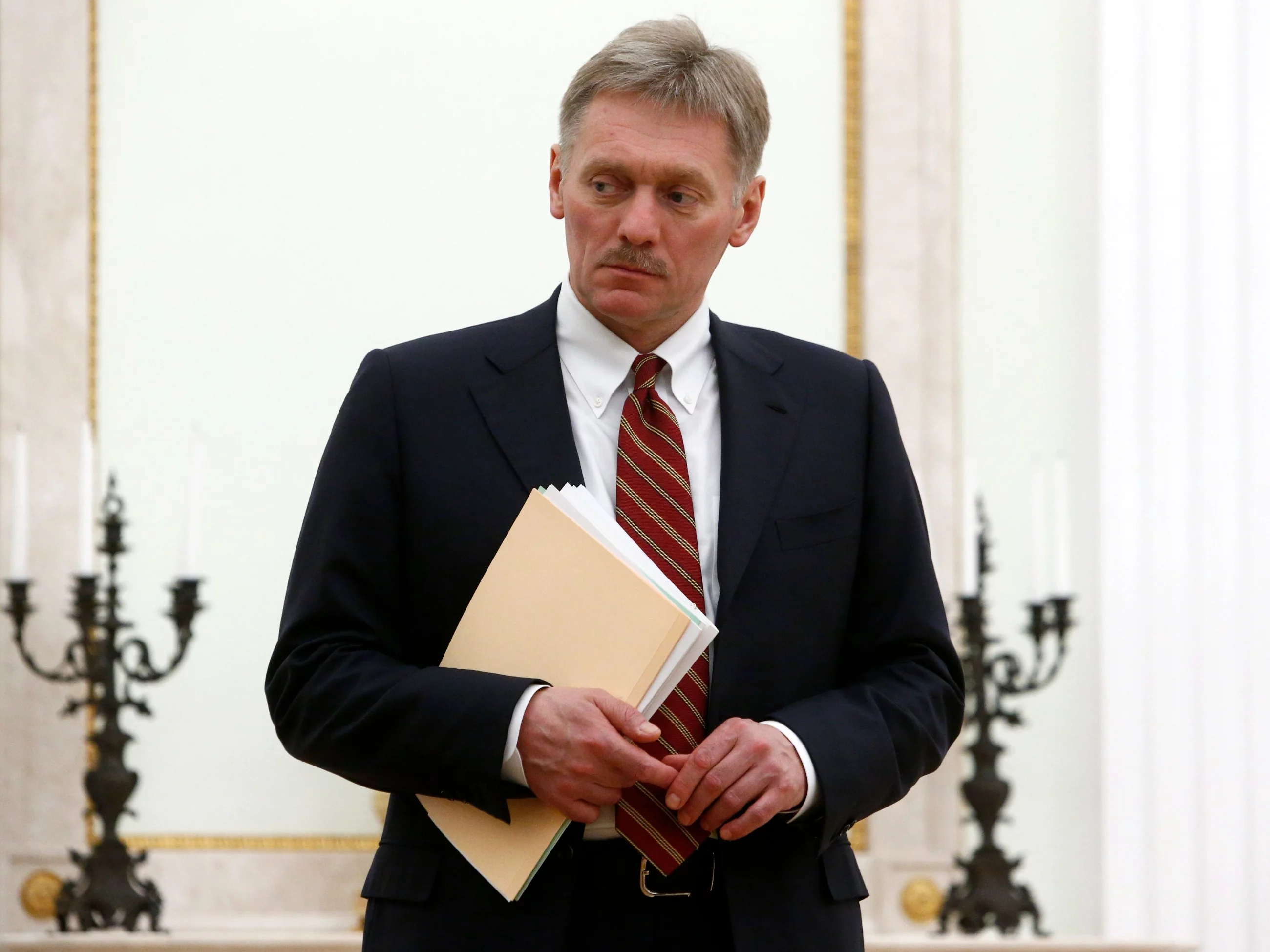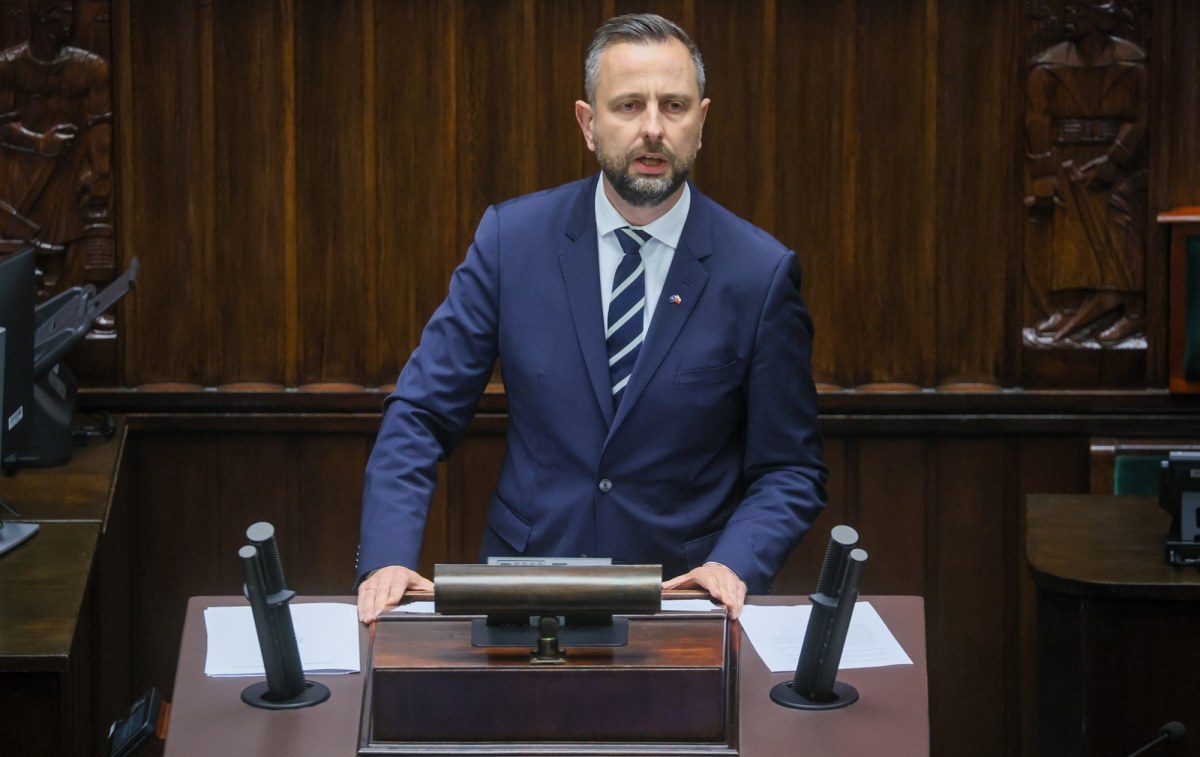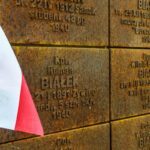
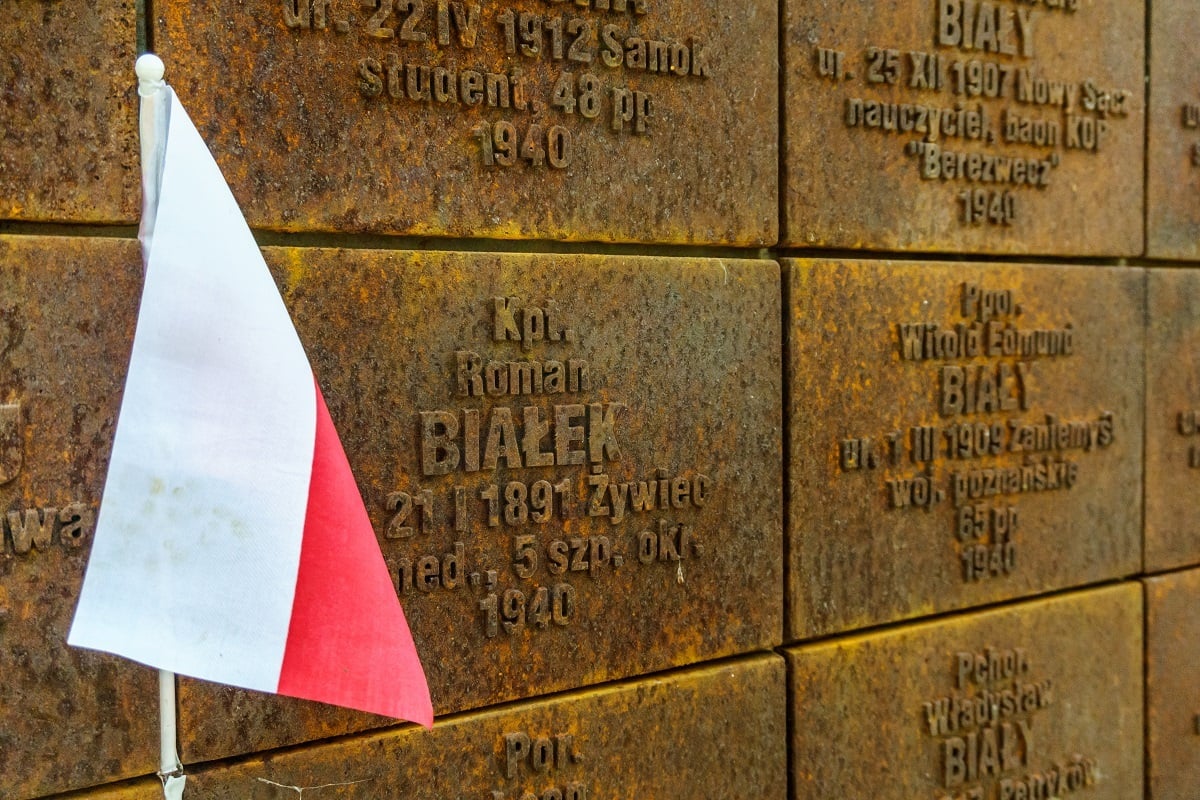
85 years ago, on 5 March 1940, at the request of the head of NKVD Łavrientija Beria, the Political Office of KC WKP(b) decided to shoot Polish prisoners in camps in Kozielsk, Starobielsk and Ostashkov and Polish prisoners held by NKVD in the area of pre-war east provinces of the Republic. The consequence of this decision was the Katyń Crime, in which 22 1000 Polish citizens were killed.
Poles in russian camps
On 19 September 1939, the head of the NKVD Lavrientij Beria appointed the Board of Prisoners of War and Internated People's Interior Police and ordered the organisation of a network of camps. This decision can be described as paradoxical. The russian Union claimed that it did not carry out war activities against Poland, but only since 17 September 1939 due to the "disruption of the Polish state" it has been working to safe the property and life of the people of Kresów. Nevertheless, the camps created were called POWs.
In early October 1939, russian authorities began to release any of the prisoners of privates. It was another component of the propaganda communicative on the liberation of Western Belarus and Ukraine. Since 17 September, the Soviets have sought an ideological and “classical” separation of officers of “Lord Poland” from “dark” soldiers from peasants. Propaganda was a kind of "entrustment" of countless crimes committed in September and October on Polish officers on the battlefield or during the march to temporary POW camps.
At the same time, it was decided to make 2 “office camp” in Starobielsk and Kozielsk and a camp in Ostashkov, intended for police officers, the COPs and prisons. At the end of February 1940, 6192 police officers and officers of another services and 8376 officers of the Polish Army were imprisoned. Among them was a large group of reserve officers called into the army at the time of the war. The majority represented Polish intelligence – they were doctors, lawyers, school and academic teachers, engineers, literaryists, journalists, political activists, government officials and local government, landowners. Along with them there were Catholic, Orthodox, Protestant chaplains and the mossic religion.
The precision of this data is due to the course of events launched around mid-February 1940, which was to find the destiny of Polish prisoners. On February 20, the management of the Board of Prisoners of War addressed the head of the NKVD with a proposal to “discharge” overcrowded POW camps. In fact, the liquidation process began as early as the end of January. By the end of January 1940, the camp authorities sent over 6,000 prisoners of the camp in Ostashkov to the alleged peculiar College. The College was an NKVD body issuing administrative sentences without calling the defendants. The judgments were based on the records of the 1926 ZSRS Criminal Code, which introduced the concept of “enemy of the people” in Article 58. Thus, in practice, any "active activity" or "active fight against the working class and revolutionary movement" was understood. Article 58, therefore, gave large scope for interpretation. By the end of the following month, the first 600 “judgments” for penalties ranging from 3 to six years of working camps in Kamczatka fell.
In this letter of 20 February, the War Prisoners' Board proposed the release of about 300 seriously ill, disabled and soldiers or officers over the age of sixty, and 400–500 reserve officers (agronomists, doctors, engineers, technicians, teachers) from the “new” circuits of Belarus and Ukraine. The condition of release was to be the absence of any materials incriminating Polish officers and officers. Officers of the Border defender Corps, prosecutors and courts, ‘arears’, were to be covered by the peculiar College proceedings.
On 22 February, Beria, most likely taking into account suggestions to begin proceedings before the peculiar College, issued an order to transfer to prisons of the NKVD boards of voroszylovgrad districts (today Lugansk), Smolensk and Kalinsk (today Twer) any prisoners of prisoner prison camps. This group includes prison officers, military intelligence agents, “providers”, settlers, prosecutors and courts, “arears” and merchants. On March 3, the goat camp left 115 prisoners, the old white one: twelve, Ostashkowski: eight. They managed to survive. On February 26, the chief of the board for prisoners of war Piotr Soprunenko recommended that certain data of prisoners be completed and copies of their papers sent to Moscow. This order was carried out by the end of the month.
5 March 1940.
The papers collected were the basis for the memo that Beria sent to Stalin on the day of the gathering of the KC WKP(b), 5 March 1940. The People's Home Affairs Commissioner stated, among others:
In the camps for POWs of the NKVD ZSRS and in the prisons of Western Ukraine and Belarus there are now a large number of erstwhile officers of the Polish Army, erstwhile Polish police and intelligence bodies, nationalist members, counter-revolutionary parties, members of the exposed counter-revolutionary insurgent organizations, refugees and others. They are all hardened enemies of russian power, full of hatred for the russian system.
In the following part, Beria noted:
As prisoners of war, officers and policemen, who are in camps, effort to proceed counter-revolutionary activity, conduct anti-Soviet agitation. Everyone is just waiting for freedom to be able to actively engage in the fight against russian power. The authorities of the NKVD in western Ukraine and Belarus have detected a number of counter-revolutionary insurgent organizations. In all these counter-revolutionary organizations, erstwhile officers of the Polish army, erstwhile policemen and gendarmes played the leading role.
According to the information contained in Beria's writing to Stalin in the POW camps, they were held (not counting the privates and the officers' staff):
14 736 erstwhile officers, officials, landowners, policemen, MPs, prison service, settlers and intelligence agents – by nationality: over 97 percent of Poles.
The NKWD chief reported that among them were: 295 generals, colonels and lieutenant colonels, 2080 majors and captains, 6049 lieutenants, lieutenants and ensigns, 1030 officers and lieutenants police officers, border guards and gendarmerie, 5138 police officers, gendarmerie, prison service and intelligence agents, and 144 officials, landmen, priests and settlers.
The note besides stated:
In the prisons of western Ukraine and Belarus there are 18,632 arrested (of them 10,685 Poles).
In this number:
1207 erstwhile officers, 5141 erstwhile police officers, intelligence agents and gendarmerie agents, 347 spies and diversionaries, 465 erstwhile areaers, mill workers and officials, 5345 members of various counter-revolutionary and insurgent organizations and various counter-revolutionary elements, 6127 refugees.
Assessing that all Polish prisoners of war held in camps and Poles in prisons are “hardened, relentless improvements to the enemies of russian power”, Beria requested that their cases be dealt with in a peculiar way, ‘with the highest punishment — execution’. He added that this should be considered without summoning the arrested and without presenting charges, decision to end the investigation and indictment. Formally, the sentences were to be given by the ‘three’ composed of: Ivan Basztkow (Head 1 of the peculiar Division of the NKVD – registration-statistical), Bogdan Kobulov and Wsiołod Mierkulov (both were Deputy Beria). So it was not the NKVD peculiar College, but another, twin-like out-of-court body within the structures of the People's Police. The application of any of these procedures allowed for a “trial” without calling on witnesses.
Beria's memo became de facto adopted without amendments by a resolution of the Political Office. The second part of the document, beginning with the words ‘Recommend the NKVD ZSRS’, is an appropriate order for the execution of the crime. Beria's letter at issue has endorsed the signatures of everyone present: Stalin, Secretary-General of WKP(b), Klimient Voroshylov, talker of the russian Union and Defence Commissioner, Viacheslav Molotov, president of the Council of People's Commissioners and Commissioner for abroad Affairs, and Anastas Mikojan, Vice-President of the Council of People's Commissioners and Commissioner for abroad Trade, as well as a handnote: "Kalininin – za, Kaganowicz – za" (Michael Kalininin was president of the ZSRS ultimate Council, formally head of state; Łazar Kaganowicz – Vice-President of the Council of People's Commissioners and Commissioner of Transport and Oil Industry). There were 3 BP members absent and unsigned by the secretary: Nikita Khrushchev, Andrei Żdanov and Andrei Andreyev. Under the signatures there is besides annotation of Beria: ‘Ex.’. The graphic analysis carried out after the paper was declassified in 1990 confirmed the authenticity of all self-subscriptions.
The practice of “signing” by any absent members of the Political Office was common. frequently they were in telephone contact with the Kremlin and confirmed their support for the decisions that were making. This procedure was intended to give the impression of collegiate decision-making. In fact, Stalin had full control of the Political Office since the late 1920s. Often, BP meetings were held at Stalin's cottage in Kuncevo and were completely informal. By following the procedures, the russian dictator besides sought to drag his "court" into the process of making key decisions. In this way, he wanted to guarantee his ruthless support and to spread work for the actions taken on all his comrades. In this context, it appears highly likely that the majority of BP members only learned about the NKVD chief's note at the gathering erstwhile the decision was taken by Stalin after consultation with Beria only.
In the content and form of the March 5 document, 2 of its unique features are highlighted. This is 1 of the best evidences of deciding to commit mass crimes on top of the power of the totalitarian system. The National Socialist government and communist regimes have frequently masked their actual actions through procedures that give them appearances of legality, e.g. judicial processes, while maintaining the way of appeal against the sentence. besides political actions, specified as the 17 September aggression, were "legalised" by a later lengthy procedure for the incorporation of Kres into russian republics into the "local population request" and with the consent of the "RSR Parliament". Murders committed “at a lower level” may have been explained by alleged attempts to escape prisoners or accidental losses resulting from the chaos of the fight. From the russian point of view, the Political Office could not impose a "trinity" or another NKVD body a decision that could theoretically be different from that imposed by Stalin and his surroundings. In fact, the order of 5 March 1940 is an emblematic example of the practice of functioning the communist ZSRS government completely dominated by Stalin. This evaluation shall not alter subsequent individual derogations from the implementation of the 5 March Decision, specified as the withdrawal of a tiny part of the condemned transports to the points of execution.
The decision of 5 March is besides exceptional due to the highly "sincere justification" of the necessity of the execution presented by Beria. His cognition of the prisoner's attitude resulted from reports submitted by the camp authorities. The survivors mentioned that Poles were openly critical of the russian strategy during interrogation by NKVD officers and stressed the Western advantage over the USSR. akin voices appeared during propaganda talks erstwhile officers asked polytruds uncomfortable questions. Unlike the propaganda brochures, the russian press was eager to read, but only to “fish” real information about the planet situation or to get arguments for criticism of the russian Union's politics. From this perspective, Polish prisoners of war undoubtedly appeared to be dangerous “class enemies”.
Probably the contempt for the russian strategy expressed by the prisoners was not the only motive for the crime decision. any historians drew attention to the temporary link between the russian execution and the “ AB Action” undertaken by the Germans, during which about 3.5 1000 representatives of the Polish intellectual elite were killed. Both operations from the spring of 1940 can be regarded as arising not only from the policy of both invaders aimed at destroying Polish elites, but besides from the provisions of the Secret Additional Protocol to the German-Soviet Treaty of 28 September 1939. He established cooperation in the elimination of “Polish action”.
Stalin's memory of the defeat of 1920
An crucial argument for killing Polish officers was besides Stalin's memory of the defeat of 1920That he has contributed through his ambition. During the 1990 russian Military Prosecutor's Office investigation, erstwhile Chief of the NKVD War Prisoners Board Piotr Soprrunenko testified:
It was heard in 1940 that the shooting of Polish prisoners of war was carried out by Stalin's decision, which could not forgive the defeat of the Red Army close Warsaw in 1920.
The russian dictator's decision could besides be influenced by current political events, specified as the announcement of the British and French military aid to Finland. Part of the expeditional corps was to be the Polish Independent firearm Brigade of Podhale. The decision to commit the execution came a period before Germany attacked Denmark and Norway, which ended the alleged unusual war. Its execution, on the another hand, was completed at the minute erstwhile the 3rd Reich began the winning French campaign. To surprise Stalin, it ended in an instant defeat of the Allies. possibly impressed by the events of May and June 1940. Stalin could consider that Polish officers could be essential to him in the face of a possible war with Germany. This can be confirmed by the autumn 1940s, led by the NKVD of preparations for the creation of the Polish division within the Red Army. Her command was to be officers declaring their willingness to cooperate with the USSR, specified as Colonel Sigismund Berling. At the same time, in a conversation with this group of officers, Wsiołod Mierkulov said, "We made a large mistake towards them."
The key to knowing most driving motivations Stalin in March 1940 may be the words of the surviving Kozielsk prisoner, after the war of a prominent ZSRS expert, Stanisław Swianiewicz:
Soviet political tactics know 2 ways to deal with a defeated opponent: to force him to work and service for the sake of the russian Union, or in the second case to annihilate him. The russian authorities had to decide which of these 2 methods should be applied to Polish officers in their hands.
olnk/PAP



